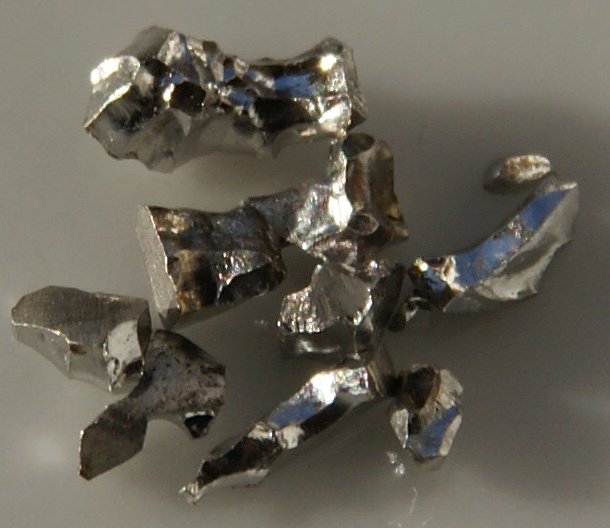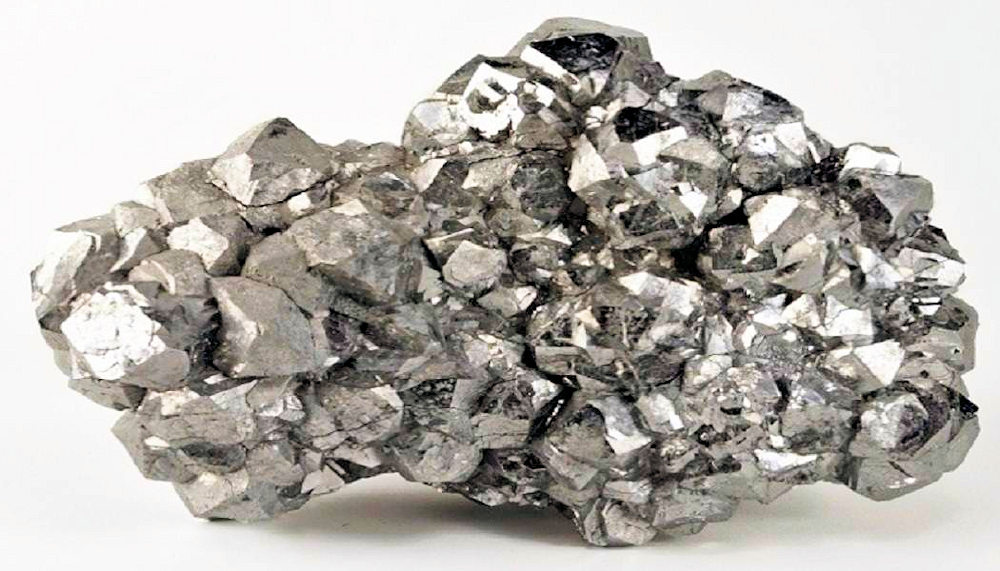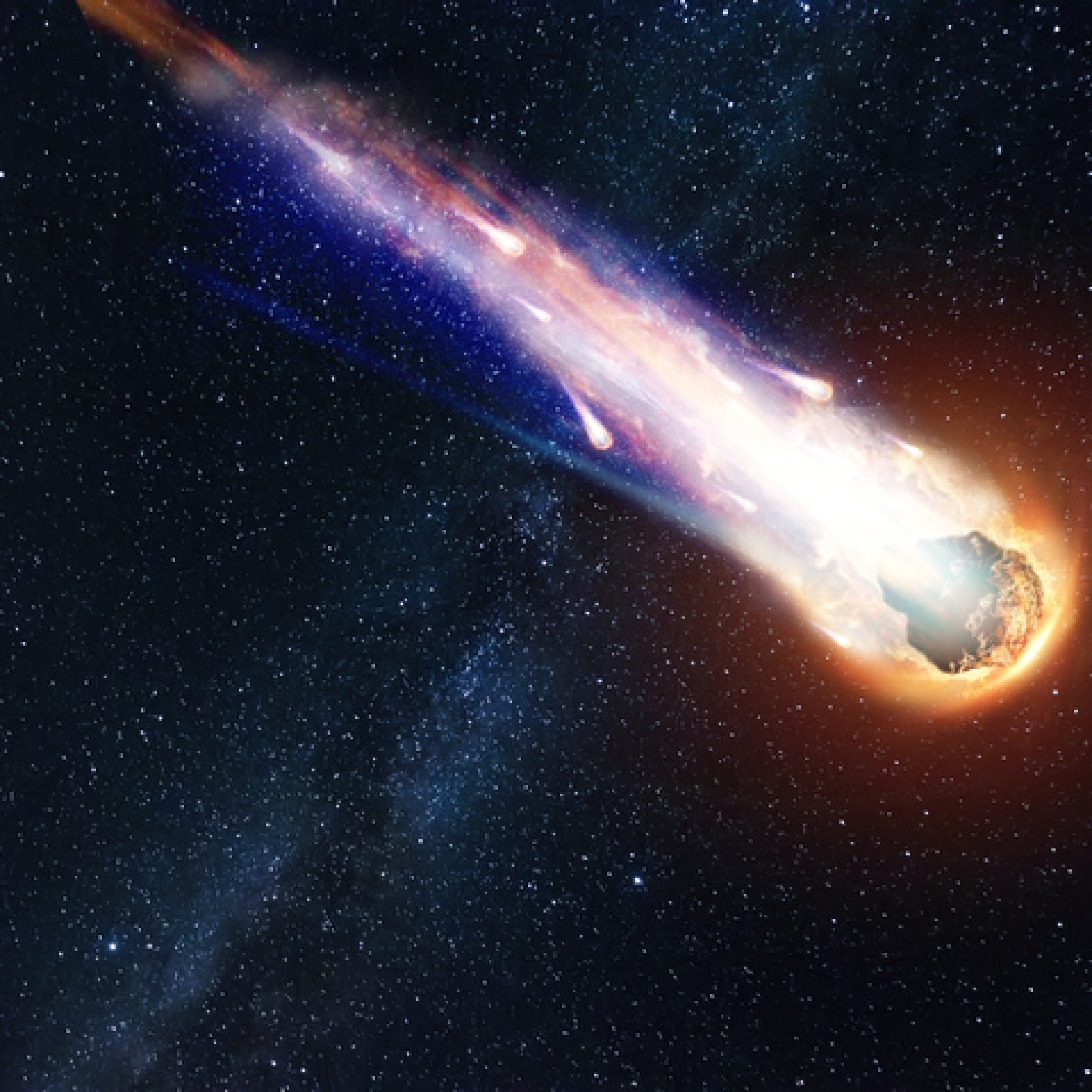Haiti has mountains of Iridium is a mountain of disinformation
In recent years, there has been a proliferation of misinformation regarding Haiti's purported iridium reserves. This misinformation has sparked speculation, sensationalism, and even exploitation of the country's natural resources. However, upon closer examination, it becomes evident that the reality of Haiti's iridium reserves is far from the fantastical claims that have circulated.
65 million years ago the Caribbean suffered a major extraterrestrial impact. This asteroid landed in the Beloc Area in Haiti. This asteroid contained Iridium.
Iridium is a rare element in the Earth's crust and the most corrosion-resistant metal on Earth. Iridium is a rare and precious metal belonging to the platinum group of metals. It is highly corrosion-resistant and has various industrial applications, including in electronics, catalysis, and jewelry. Due to its rarity and valuable properties, iridium holds significant economic value.

Contrary to popular belief, Haiti does possess some iridium deposits, albeit in relatively small quantities. However, these deposits are not substantial or commercially viable enough to warrant significant exploitation or extraction. The country's geological profile suggests the presence of various minerals, including iridium, but the extent of these reserves is limited and largely unexplored.
The country's mineral resources have historically been underexplored and underdeveloped due to various factors such as political instability, environmental concerns, and lack of infrastructure. As a result, specific data on the exact amount of iridium reserves in Haiti is limited
Princeton University did a geological study of the area and concluded that there was Iridium present in only slightly enriched quantities from a major asteroid impact.
The Haitian Offices of mine and energy special publication on iridium. They put this out to set the record straight.
The conclusion on page 9 states that the commercial viability of iridium exploitation in Haiti is pure fantasy given the extremely low concentration in the beloc formation
It is essential to approach discussions about Haiti's iridium reserves with skepticism and critical thinking. While the country may indeed possess some iridium deposits, the extent of these reserves is modest and not indicative of a significant economic windfall. Moreover, any potential exploitation of these resources must be conducted ethically, transparently, and with consideration for environmental preservation and local communities.

Furthermore, the spread of misinformation regarding Haiti's iridium reserves has been exacerbated by sensationalist claims and vested interests. Speculative reports and unfounded rumors often circulate, fueled by individuals or groups seeking to manipulate public perception for personal gain. Such misinformation not only distorts the reality of Haiti's natural resources but also undermines efforts towards sustainable development and responsible resource management.
Sources of this Misinformation
- The Rock Newman Show.
- Haiti Liberte
- Professor Vixamar.
You can see how the 3 viral sources reference each other and just perpetuate a harmful misconception.
Conclusion
The notion of Haiti possessing vast iridium reserves is a myth perpetuated by misinformation and sensationalism. While the country may have some iridium deposits, they are not substantial enough to support grandiose claims of wealth or prosperity. Addressing this disinformation requires a commitment to scientific rigor, responsible journalism, and sustainable development practices. By dispelling myths and promoting factual discourse, we can foster a more informed and accurate understanding of Haiti's natural resources and contribute to its long-term socio-economic progress.







